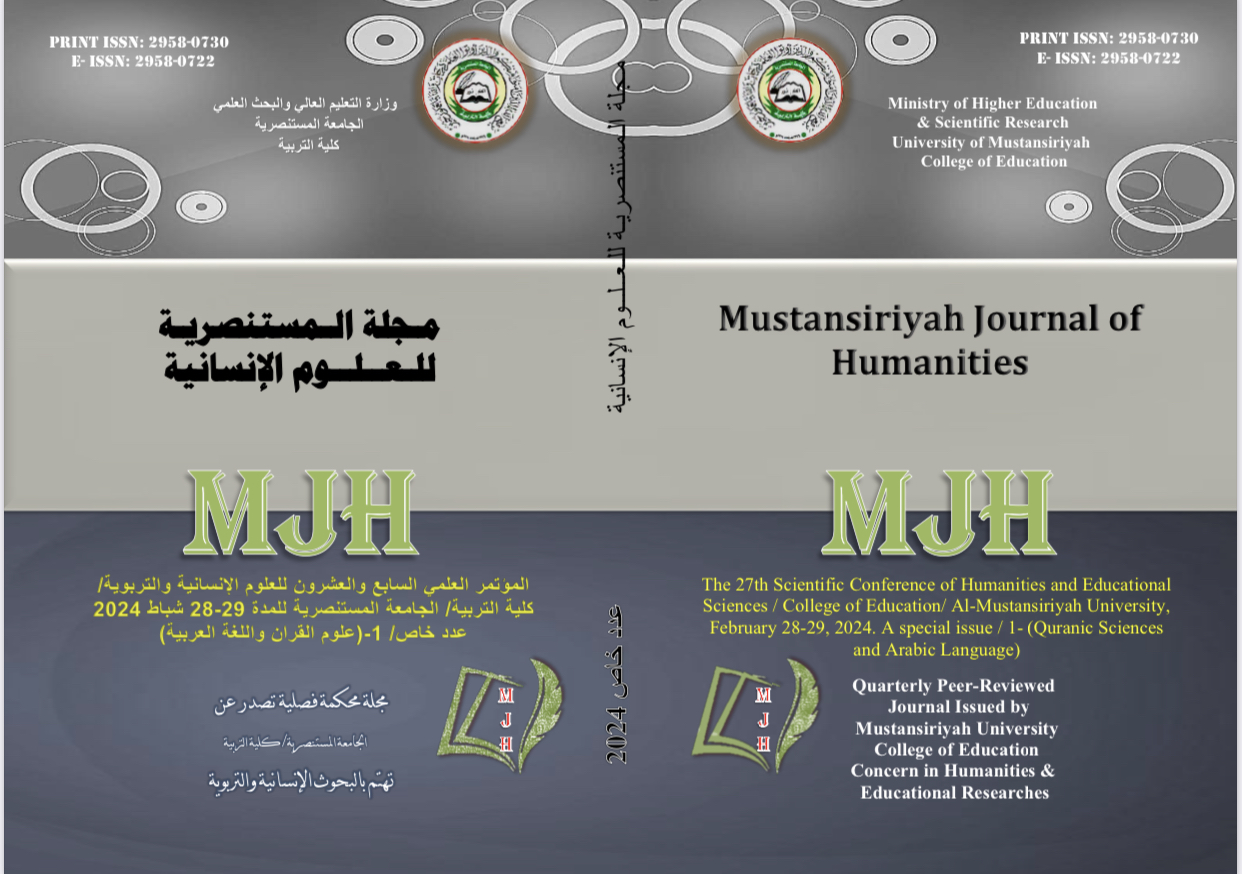المفارقة الزمنية لقصة يوسف –عليه السلام- بين السردين المكتوب والمرئي دراسة سردية مقارنة
DOI:
https://doi.org/10.47831/mjh.v1iخاص.412Keywords:
:Abstract
The story of Prophet Yusuf, peace be upon him - is one of the stories that produced multiple forms of dialogues and various intertextual interactions. This may be due to the completeness of the narrative elements in it, or to its intense presence of emotion and reactions, and to the exciting and stimulating aspects contained in this story, so it was a source of temptation for writers and artists, so they retold this story through multiple mediums, including the written: novel and historical biographies, as well as visual: television and cinema.
The idea of comparing the different narratives that transformed the story of the Prophet Yusuf into a new narrative medium came about, because transforming it means that a new interpretation will be generated from this transformation, and it will have an impact on the original story, and in the two discourses: the narrative and the mediator, and the narrative medium also has an impact on the story. Therefore, this research aims to explore the techniques of temporal paradox, especially in each medium that retold the same story, taking a comparative narrative approach to analysis and comparison to reach solutions to the problem posed by this research. In these methodological details, we rely on the narrative vision imposed by the actions of the French critic Gérard Genet. Through this, we try to answer systematic questions related to the temporal paradoxes between the texts and the studied media represented by two types: the script: Youssef and Zuleikha (2003) by "Abdulrahman Jami" , and "I, Yusuf" by Ayman Al-Atoum and the Egyptian television series "There is no god but Allah" directed by Ahmed Tantawi in 1986, and the Iranian series (Yusuf Al-Siddiq) (2009) directed by Faraj Allah Shahrour.
The most important finding of the research is that there is a difference in the opening and conclusion of each narrative medium. Each medium focused on its idea and message, which invested the story to communicate it, and since the narrative time was linked to the events, the order of events from anticipation and retrieval varied between the mediums, and the disparity was not absurd, but rather it expressed certain connotations in each medium. It was noted that there was a difference in adding events or deleting others, which led to some differences in the characters of the story, and an agreement in the major events of the story and the main characters.





